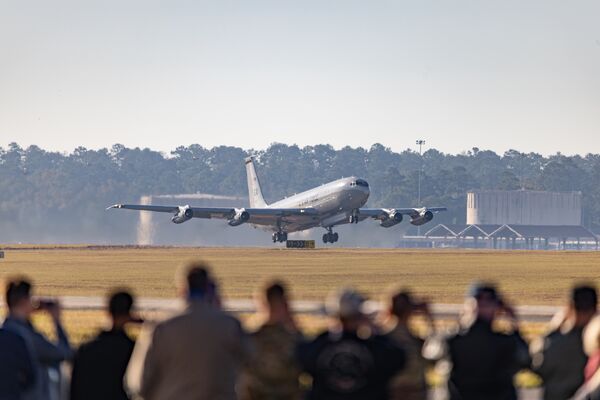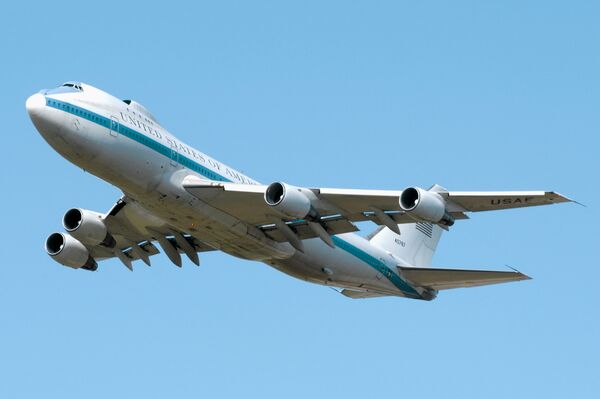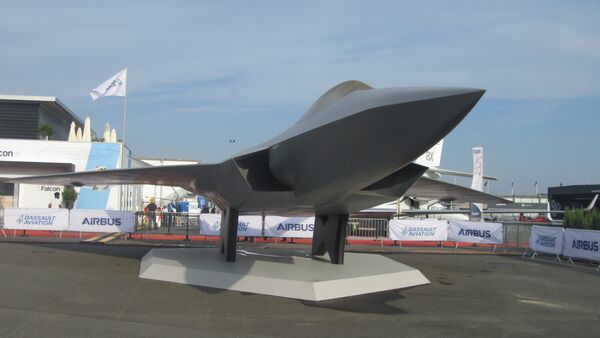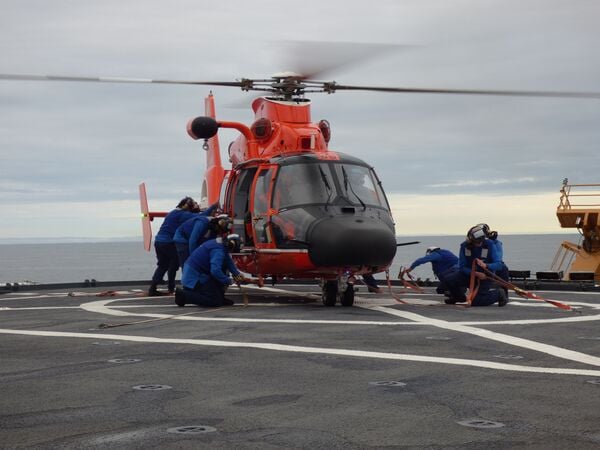- About
- Intara
- Capabilities
- Advisory
- Resources
- News
- Store
US Air Force retires E-8C JSTARS
10 November 2023
by Zach Rosenberg


The last E-8C JSTARS takes off at Robins AFB, Georgia, on 4 November. (116th Air Control Wing, USAF)
The US Air Force (USAF) has formally retired the Northrop Grumman E-8C Joint Surveillance Target Attack Radar System (JSTARS) in a 4 November ceremony at Robins Air Force Base (AFB), Georgia.
The E-8C, a Boeing 707-320C aircraft with an AN/APY-7 Side-Looking Airborne Radar (SLAR) mounted to its belly, entered service in 1991 to perform the ground moving target indicator (GMTI) role for the USAF. The E-8C flew “more than 14,259 operational sorties equalling 141,169 flying hours in support of every combatant command around the world”, according to a USAF statement.
The last operational sortie was flown on 21 September out of Ramstein Air Base, Germany, according to the USAF's Air Combat Command. The final operating aircraft is to be sent to Kelly AFB, Texas, where it is likely to become a ground-based trainer for the USAF's remaining 707-based platforms.
US Air Force awards Sierra Nevada Corporation contract to build Survivable Airborne Operations Center
30 April 2024
by Zach Rosenberg


One of four Boeing E-4Bs, which SAOC is intended to replace. (US Air Force)
The US Air Force (USAF) awarded Sierra Nevada Corporation (SNC) a USD13 billion contract to build the Survivable Airborne Operations Center (SAOC), intended to replace the Boeing E-4B Nightwatch as the service's airborne nuclear command-and-control aircraft and primary transport for the secretary of defence. The contract was announced on 26 April, and is set to run through July 2036.
The contract covers ground support systems, including mission trainers, maintenance trainers, and system integration laboratories, among other necessary equipment.
“To satisfy operational requirements, the weapon system will be comprised of a commercial derivative aircraft that will be hardened and modified to meet military requirements,” said the USAF in the contract announcement. “Additionally, the mission system will integrate secure communications and planning capabilities on modern information technology, infrastructure, based on a Modular Open System Approach (MOSA).”
The number and type of aircraft included in the contract are publicly undisclosed, but the USAF currently operates four E-4Bs, which entered service in 1980 according to Janes C4ISR & Mission Systems: Air and are approaching the end of their service lives.
Belgium becomes FCAS/SCAF observer country
29 April 2024
by Gareth Jennings


A full-scale mock-up of the New Generation Fighter that sits at the core of the FCAS/SCAF project of which Belgium is now an official observer. (Janes/Gareth Jennings)
Belgium has joined France, Germany, and Spain in the Future Combat Air System (FCAS)/Système de Combat Aérien du Futur (SCAF) programme, with the Belgian government saying the country now has observer status.
Defence Minister Ludivine Dedonder and Deputy Prime Minister and Minister of Economy and Labour Pierre-Yves Dermagne announced the news in a joint communiqué released on 26 April.
“On 24 April the government obtained observer country status for Belgium as part of the FCAS/SCAF development programme,” the communiqué said.
As detailed in the announcement, the observer country status will afford Belgium access to information on the programme and its development, and will be able to participate in strategic discussions. “This will allow Belgium to get a clear idea of the programme and its implications for the Belgian defence industry,” the ministers said.
US Coast Guard Airbus MH-65s retire from Arctic mission
26 April 2024
by Zach Rosenberg


A Kodiak-based MH-65 trains aboard the USCGC Healy in 2022. (Janes/Michael Fabey)
The last US Coast Guard (USCG) Airbus MH-65 Dolphin in Alaska retired from Air Station Kodiak on 23 April, ending the type's 36-year employment in the service's Alaska Patrol (ALPAT) role.
“For decades, the cutter and helicopter team were the core of the ALPAT mission,” said Commander James Kenshalo, a USCG MH-65 Dolphin pilot. “Together they projected force and protection to the most extreme remote regions of our nation's territories, operating beyond where help could reach.”
Air Station Kodiak operates six Sikorsky MH-60Ts and is scheduled to receive three more in 2025. The service intends to standardise its full rescue helicopter fleet on the MH-60T, which has a longer range, greater payload capacity, and commonality with other armed service fleets. Alaska is among the first regions to complete the transition because of the long ranges required to perform rescue and security missions in the region.
The US Air Force (USAF) has formally retired the Northrop Grumman E-8C Joint Surveillance Target Att...
Latest Podcasts
Iran Israel analysis
In this podcast Janes analysts discuss the Iranian attacks on Israel on the 14 April. They highlight the military systems used by Iran and the performance and impact of these on Israel. They also discuss the implications of this attack goi...
Listen nowJanes Case Studies
Using Janes Intara to build a common intelligence picture: Russian build up on the Ukrainian border
View Case StudyNews Categories
 Air Details
Air Details